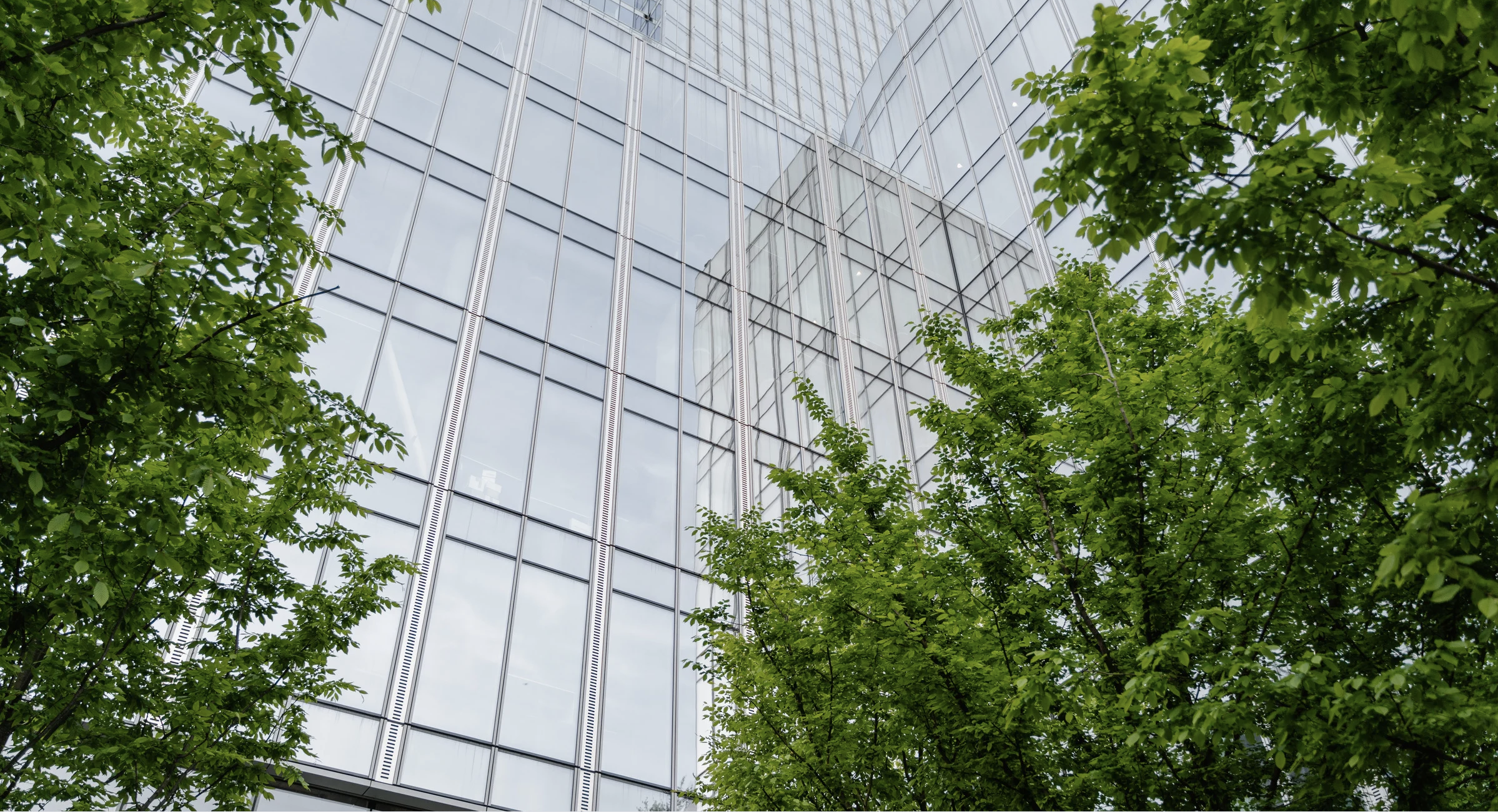Wei Shen | World Journal
A report from the Institute of the Environment and Sustainability, UCLA reveals that extreme heat has a disproportionate impact on low-income people and communities of color in Los Angeles.
These communities typically have higher population densities, older and lower-quality buildings, inadequate air conditioning, and low urban forest cover. Sustained summer heat can lead to a significant increase in all-cause mortality (that is, the number of deaths from all causes combined) in Los Angeles, sometimes even increasing the number of deaths by 30%.
Compared to homes with little tree cover, trees lower indoor temperatures by an average of 1 degree Fahrenheit. If indoor temperatures in homes in heat-prone areas of Los Angeles could be lowered by 1 degree Fahrenheit, heat-related mortality could be reduced by 10 to 20 percent.
Many cities in Los Angeles County are working to expand urban forest coverage. Taking the City of San Gabriel as an example, if a resident does not have a street tree in front of his residence, he or she can apply to the Department of Public Works (contact number: 626-308-2865) to plant one.
The city will plant them for free as funds allow. Residents must cooperate in watering the tree to ensure it survives; city staff will be responsible for subsequent pruning and maintenance.
The non-profit organization City Plants provides free shade trees to Los Angeles residents, including small, medium and large There are more than 30 types of trees to choose from. Just register and you can get free delivery of trees, stakes and fertilizers. Trees will be delivered within eight to 10 weeks, with up to seven trees per household.
In addition to planting native tree species or drought-tolerant tree species (such as ginkgo, oak, poplar, cypress, etc.), residents should also consider scientific maintenance and optimization of water use. The San Gabriel Valley Municipal Water District offers a variety of money-saving rebates related to the installation of smart irrigation systems. Details are available here.
Additionally, residents can support this goal by participating in volunteer greening activities. Regularly participating in the city’s river cleanup and park maintenance activities is an effective way to make a practical contribution to greening efforts. Non-profit organizations such as TreePeople provide unique environmental protection experience activities, including field trip projects for teenagers and students, and are also suitable for family members to participate together.
Facing the challenge of extreme high temperatures in the future, increasing green shade coverage is not only the responsibility of the government, school districts and non-profit organizations, but every resident can also actively participate in it, starting from their own courtyards and shared green spaces in the community. The support of residents is crucial to building a healthier and more sustainable living environment.
This story was produced by Ethnic Media Services in collaboration with the Laboratory for Environmental Narrative Strategies (LENS) at UCLA as part of the Greening American Cities initiative supported by the Bezos Earth Fund.
Wei Shen wrote this fellowship story for World Journal, the most influential Chinese language newspaper in the United States and one of the largest Chinese language newspapers outside of Greater China, with a daily circulation of 350,000.
“Green Shade Coverage for Extreme Heat: What LA Residents Can Do”, by Shen, shares extreme heat mitigation tips in the context of a UCLA Institute of the Environment and Sustainability report which reveals that sustained summer heat can lead to a significant increase in all-cause mortality in LA, sometimes even increasing the number of deaths by 30%.
“I have deep appreciation and connection with green spaces,” said Shen, commenting on his experience as a Greening LA fellow. “I always find inspiration and tranquility in their beauty and vitality.”




